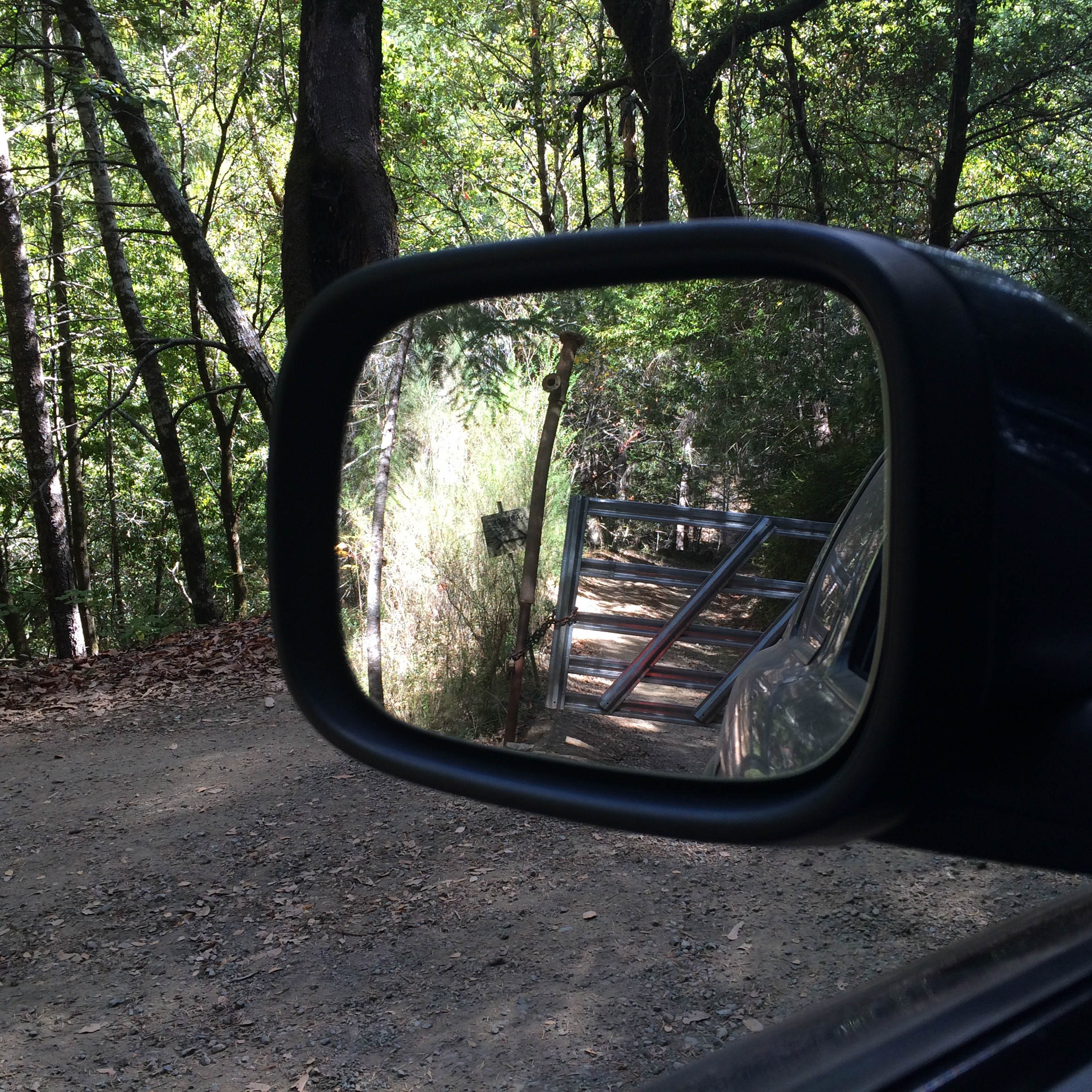The Cabin Road. Part 3.
Lori Narlock
“Stop at the burnt-down house, stop at the burnt-down house” we'd chant whenever all of us kids loaded into the back of my grandfather’s truck to go to the store or river.
The burnt-down house. That’s the landmark I have the strongest memory of as a kid. Now, nearly every stretch of road has a nickname or some notable characteristic that we use as reference.
When Gina told me about the spot on the road that was threatening to wash away, all she said was the first part of the hairpin turn. I knew exactly where she was talking about. It’s the spot near the cow and the old road cone.
These landmarks make conversations about the cabin road sound something like this:
“I bottomed out on a large rock underneath the tarantula tree.”
“The old Rambler is gone from Piano Jim’s.”
“We need to clear the brush at the slide.”
“There’s an RV parked across from the dune buggies.”
There are a few spots without a nickname, but are easily identified. One is a turn that is covered with a fern garden. Lush and green in even the driest of years, it’s inspired many gardeners to transfer a few of the ferns to their home gardens.
Right after you reach that turn, there’s a place where you can peer over the edge to see a waterfall in the creek. This spot too was a popular destination as we drove up or down the road when we were kids.
Then there are the gates. I remember a time when there weren’t any gates. Now there are three. Two are locked and one is defunct.
My all-time favorite road landmark was the “old school bus.” For years it was clear that the bus was being used for non-transportation purposes, but it sat there without anyone giving it a moment’s thought. That was until the time we arrived at the cabin, drove by the bus and the windows had bullet holes in them.
The bus is gone now. Someday, the dune buggies will be gone, Piano Jim’s will belong to someone else and the tarantula tree will look like more like a broken umbrella as the branches break off. The march of time will reshape the road and its landmarks the same way the winter rains change the creek, little by little, but constantly.





